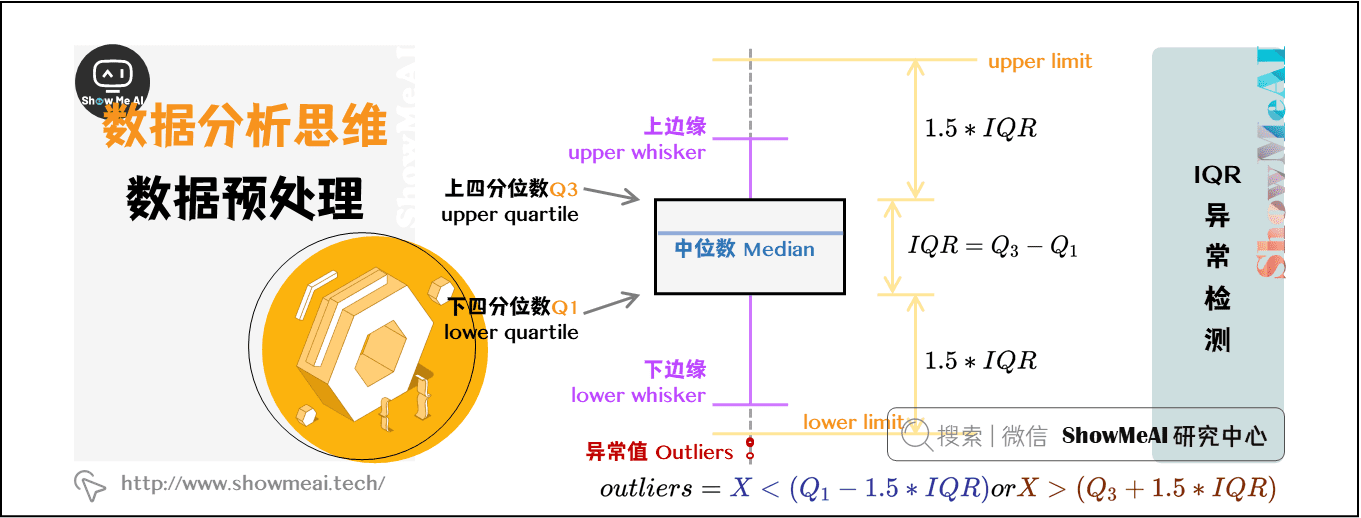社交网络分析:Python图算法在实际中的应用
发布时间: 2024-08-31 22:37:45 阅读量: 221 订阅数: 94 


# 1. 社交网络分析概述
## 1.1 社交网络分析的重要性
社交网络分析(Social Network Analysis,简称SNA)是一种强大的技术,它通过分析社交网络中的结构关系来揭示人们之间的互动模式和信息流通。了解这些模式可以帮助我们深入理解社交结构、提高信息传播效率、发现潜在的社群领导者,以及为市场营销和品牌推广提供策略支持。随着互联网和社交平台的快速发展,社交网络分析逐渐成为数据科学和网络分析领域不可或缺的一部分。
## 1.2 社交网络分析的应用领域
社交网络分析广泛应用于多个领域,包括市场营销、舆情监控、公共安全、学术研究、组织管理等。在市场营销中,企业可以利用SNA来识别关键影响者,优化广告投放策略;在公共安全方面,SNA有助于检测和预防犯罪网络的形成;而在学术研究中,它被用来探究人际关系和学术合作网络。这些应用充分展示了SNA在解决现实世界问题中的巨大潜力和实际价值。
## 1.3 社交网络分析的挑战与机遇
尽管社交网络分析提供了许多有价值的洞见,但它也面临一系列挑战。其中包括处理大规模数据集的复杂性、隐私保护问题、以及分析结果的解释和应用等。随着人工智能和机器学习技术的发展,这些挑战也在逐步转化为机遇。例如,通过机器学习算法优化的社交网络数据挖掘能够更有效地识别网络中的模式和趋势,为决策者提供更精确的指导。
在下一章,我们将详细介绍Python图算法基础,为理解和实现社交网络分析打下坚实的基础。
# 2. Python图算法基础
### 2.1 图论简介与基本概念
#### 2.1.1 图的基本定义
图是一种数据结构,用于表示事物之间的关系。在图论中,图(Graph)由顶点(vertices)集合以及边(edges)集合构成。边代表顶点间的连接关系,边可以是有向的,表示方向性连接,也可以是无向的,表示无方向性连接。图论不仅包括对图的静态特性的研究,还涉及到对图的动态变化进行的分析。
#### 2.1.2 图的分类与特性
图根据边的特性可以分为有向图与无向图。有向图(Directed Graph)中,边有明确的起点和终点;无向图(Undirected Graph)中,边没有方向,即顶点间的连接是相互的。
此外,图还可以根据边是否有权重分为加权图(Weighted Graph)和非加权图(Unweighted Graph)。加权图的每条边有特定的权重值,常用来表示距离、成本或时间等。非加权图中的边通常表示存在关系,不涉及量度。
图的特性还包括稠密图与稀疏图的区分。稠密图拥有较多的边,而稀疏图的边较少。在实际应用中,根据图的特性选择适当的算法与数据结构至关重要。
### 2.2 Python中的图表示方法
#### 2.2.1 利用Python数据结构实现图
在Python中实现图的一种常见方式是使用字典和列表。字典的键表示顶点,键对应的值是邻接顶点列表。对于无向图,邻接顶点列表中包含所有与该顶点直接相连的其他顶点。对于有向图,邻接顶点列表中的元素是该顶点的出边连接的顶点。
```python
# Python实现无向图的邻接表
graph = {
'A': ['B', 'C'],
'B': ['A', 'D', 'E'],
'C': ['A', 'F'],
'D': ['B'],
'E': ['B', 'F'],
'F': ['C', 'E']
}
```
#### 2.2.2 利用图处理库简化操作
Python社区提供了多种图处理库,例如NetworkX,使得图的创建、操作和算法实现更加高效。NetworkX提供了一系列的图类,能够方便地处理复杂图结构。
```python
import networkx as nx
# 使用NetworkX创建图
G = nx.Graph()
# 添加节点
G.add_node(1)
G.add_nodes_from([2, 3])
# 添加边
G.add_edge(1, 2)
G.add_edges_from([(1, 3), (2, 3)])
```
### 2.3 图算法的类型及其应用场景
#### 2.3.1 遍历算法:深度优先与广度优先搜索
图的遍历算法是图论中最基础的算法之一。深度优先搜索(DFS)通过递归或栈的方式,尽可能深地搜索图的分支。广度优先搜索(BFS)则使用队列,逐层从近到远地访问图的节点。
```python
# 使用NetworkX实现深度优先搜索
for node in nx.dfs_tree(G, source=1):
print(node)
# 使用NetworkX实现广度优先搜索
for node in nx.bfs_tree(G, source=1):
print(node)
```
DFS和BFS在诸如网络爬虫、路径查找、拓扑排序等众多场景中有着广泛的应用。
#### 2.3.2 最短路径算法:Dijkstra与Floyd-Warshall
最短路径问题在很多领域都有着实际的意义,比如路线规划、网络通讯等。Dijkstra算法用于单源最短路径问题,而Floyd-Warshall算法可以找到所有顶点对之间的最短路径。
```python
# 使用NetworkX实现Dijkstra算法
length, path = nx.single_source_dijkstra(G, source=1, target=3)
print(f"The shortest path from 1 to 3 is {path} with length {length}")
# 使用NetworkX实现Floyd-Warshall算法
distances = nx.floyd_warshall_numpy(G)
```
#### 2.3.3 连通性算法:最小生成树与割点、桥的查找
连通性算法关注图的连通性结构,如最小生成树算法(如Kruskal和Prim算法)用于在加权无向图中找到连接所有顶点的最小权值边的集合。割点和桥的查找有助于理解图中的关键连接点和弱连接。
```python
# 使用NetworkX查找最小生成树
mst = nx.minimum_spanning_tree(G)
# 查找割点
cut_vertices = nx.articulation_points(G)
```
以上算法在社交网络分析中十分有用,例如寻找网络中的关键人物(桥和割点),以及优化网络结构(最小生成树)。
# 3. 社交网络中图算法的应用实践
## 3.1 用户关系分析
### 3.1.1 用户关注与粉丝图谱的构建
在社交网络中,用户关注与粉丝图谱是理解用户间关系的一种基础且重要的结构。构建这样的图谱可以帮助我们直观地理解社交网络的动态和用户的互动模式。在Python中,我们可以使用NetworkX这样的图处理库来辅助构建和操作这些图谱。以下是一个简单的代码示例:
```python
import networkx as nx
import matplotlib.pyplot as plt
# 创建一个空的无向图
user_graph = nx.Graph()
# 添加节点(用户)
user_graph.add_node('User1')
user_graph.add_node('User2')
# ... 添加其他用户节点
# 添加边(关注关系)
user_graph.add_edge('User1', 'User2')
# ... 添加其他关注关系
# 可视化图谱
pos = nx.spring_layout(user_graph)
nx.draw(user_graph, pos, with_labels=True, node_color='skyblue', node_size=2500, edge_color='black', linewidths=1, font_size=15)
plt.show()
```
### 3.1.2 社交网络的连通性分析
社交网络的连通性分析可以帮助我们识别网络中的关键节点和群组。通过分析哪些用户可以影响到网络中的其他用户,我们可以确定社交网络中的影响力中心。例如,使用图论中的连通分量算法,我们可以识别出哪些用户是网络中的孤立个体,哪些形成了一个强连通的群组。下面是一个使用NetworkX进行社交网络连通性分析的示例:
```python
import networkx as nx
# 假设我们已经有了一个社交网络图
# 这里使用一个小例子来演示
# 创建社交网络图
social_network = nx.Graph()
# 添加边,代表用户之间的关系
social_network.add_edges_from([
('User1', 'User2'),
```
0
0





